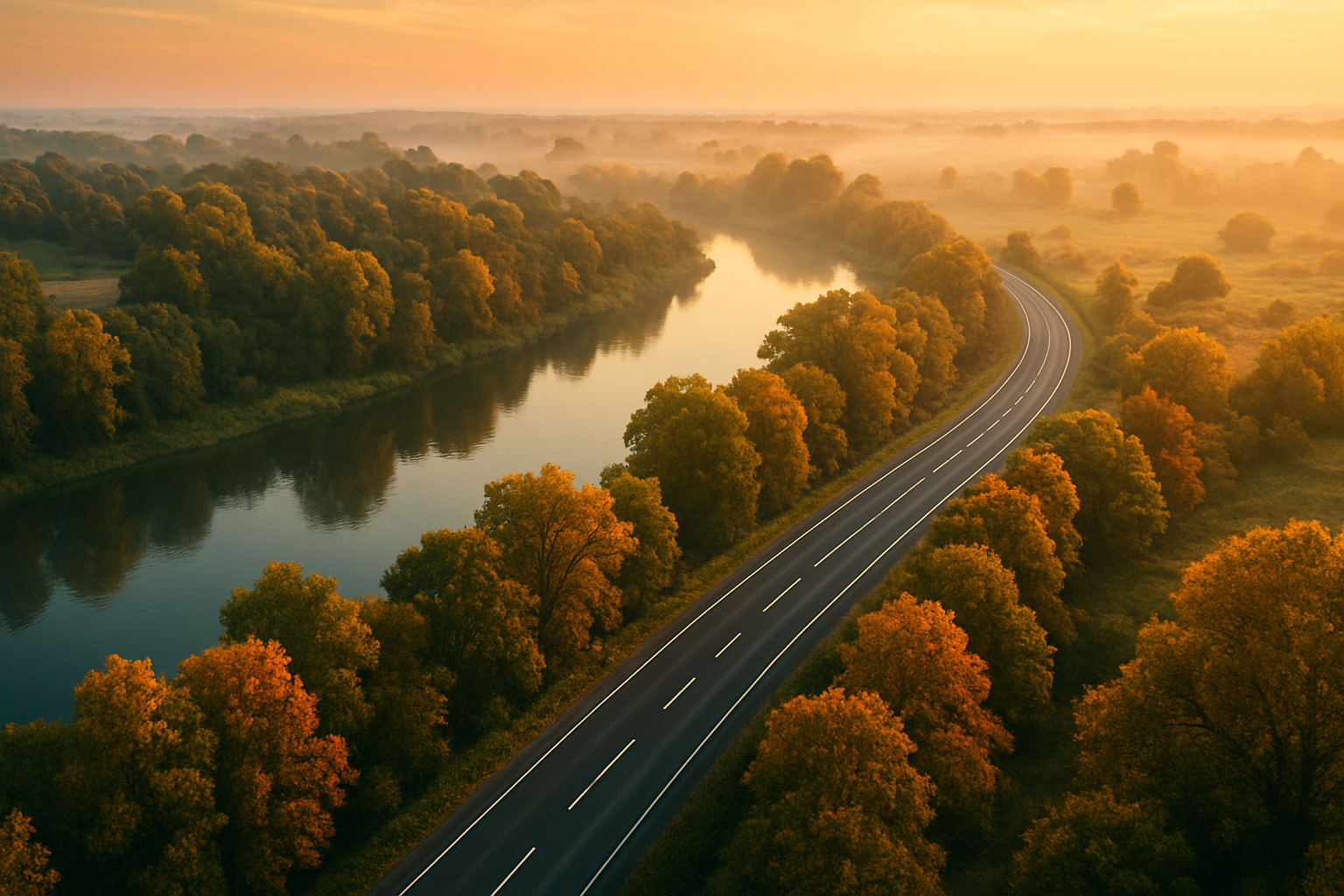
Mastering the Skies: 10 Essential Tips for Stunning Drone Photography
Drone photography has transformed how we capture the world — offering breathtaking aerial views, cinematic landscapes, and dynamic angles that were once impossible without a helicopter. Whether you’re an aspiring drone pilot or a seasoned photographer looking to elevate your aerial game, mastering the art of drone photography requires both technical skills and creative vision.
Here are 10 essential tips to help you capture stunning drone photos every time you take to the skies.
1. Know the Laws and Fly Responsibly
Before launching your drone, always check local regulations. In the U.S., for instance, the FAA requires recreational users to follow specific rules and commercial users to obtain a Part 107 license.
Key rules include:
-
No flying above 400 feet.
-
Always keep your drone within visual line of sight.
-
Avoid flying near airports, people, and restricted airspace.
Tip: Use apps like AirMap or B4UFLY to check no-fly zones in real-time.
2. Invest in a Quality Drone with a Good Camera
Your drone’s image quality depends heavily on the camera it carries. For professional-grade results, consider drones like the DJI Mavic 3, DJI Air 3, or Autel Evo Lite+.
Look for drones with:
-
At least a 1-inch CMOS sensor.
-
RAW image capability.
-
Manual camera settings.
Pro Tip: A gimbal-stabilized camera is non-negotiable for smooth and crisp shots.
3. Shoot During Golden Hour
The best time to shoot drone photography is during golden hour — shortly after sunrise or before sunset. The soft, angled light creates dramatic shadows and warm tones, ideal for landscape and cityscape shots.
Bonus: You’ll also likely face fewer winds in the early morning, making flying smoother.
4. Use Manual Camera Settings
Auto mode is convenient but limits creativity. Switch to manual mode to adjust ISO, shutter speed, and white balance for better control.
General settings for aerial shots:
-
ISO: 100–200 (to reduce noise).
-
Shutter speed: 1/1000s or faster for moving shots.
-
White balance: Set manually for consistency.
5. Plan Your Shots Ahead of Time
Pre-visualize your composition. Use Google Earth or mapping tools to scout your location before flying.
Ask yourself:
-
What subject or feature do I want to highlight?
-
Which angle will tell the story best?
-
Where is the light coming from?
Having a plan saves battery life and increases your shot success rate.
6. Master the Art of Composition
Aerial views are compelling, but composition still matters. Use principles like:
-
Leading lines: Roads, rivers, or fences that guide the viewer’s eye.
-
Symmetry: Especially effective with top-down shots.
-
Rule of thirds: Place key elements along imaginary gridlines.
Pro Tip: Don’t always center your subject. Allow space for sky or ground for more dynamic balance.
7. Adjust Altitude for Different Effects
Higher isn’t always better. Flying at lower altitudes adds depth and makes foreground details pop. Going higher offers a broad, map-like perspective.
Experiment by changing heights:
-
20–50 feet: Intimate, human-scale angles.
-
100–200 feet: Balanced overhead view.
-
300–400 feet: Sweeping landscapes or city shots.
8. Edit Like a Pro
Post-processing can elevate a decent drone photo into something spectacular. Use editing software like Lightroom, Photoshop, or Luminar to adjust:
-
Exposure and contrast.
-
Color temperature and saturation.
-
Sharpness and clarity.
-
Lens correction for distortion.
Tip: Shoot in RAW to retain the most image data during editing.
9. Keep an Eye on Weather and Wind
Windy or rainy days can ruin both your flight and your photos. Always check the weather before flying.
Ideal conditions:
-
Clear or partly cloudy skies.
-
Wind speeds under 15 mph.
-
Soft sunlight (overcast is great for even lighting).
Also, watch for fog, haze, or pollution that could obscure visibility.
10. Practice Makes Perfect
Drone photography is a mix of technical skill, artistic eye, and safe operation. The more you fly, the better you’ll understand your drone’s capabilities and how to frame the perfect shot.
Ideas to practice:
-
Capture the same location at different times of day.
-
Try new maneuvers (like orbiting or tracking).
-
Experiment with panoramic or vertical shots.
Conclusion
Drone photography is more than just snapping pictures from above — it’s about seeing the world in a new way. With the right gear, planning, and creativity, you can master the skies and capture images that leave a lasting impression.
Whether you’re building a portfolio, shooting real estate, or just having fun, these 10 tips will help you take your drone photography to breathtaking new heights.






